"Mom, They're Here for Me." The Story of Kherson Volunteer Iryna Horobtsova, Held Hostage by Russian Occupiers for Over Two Years
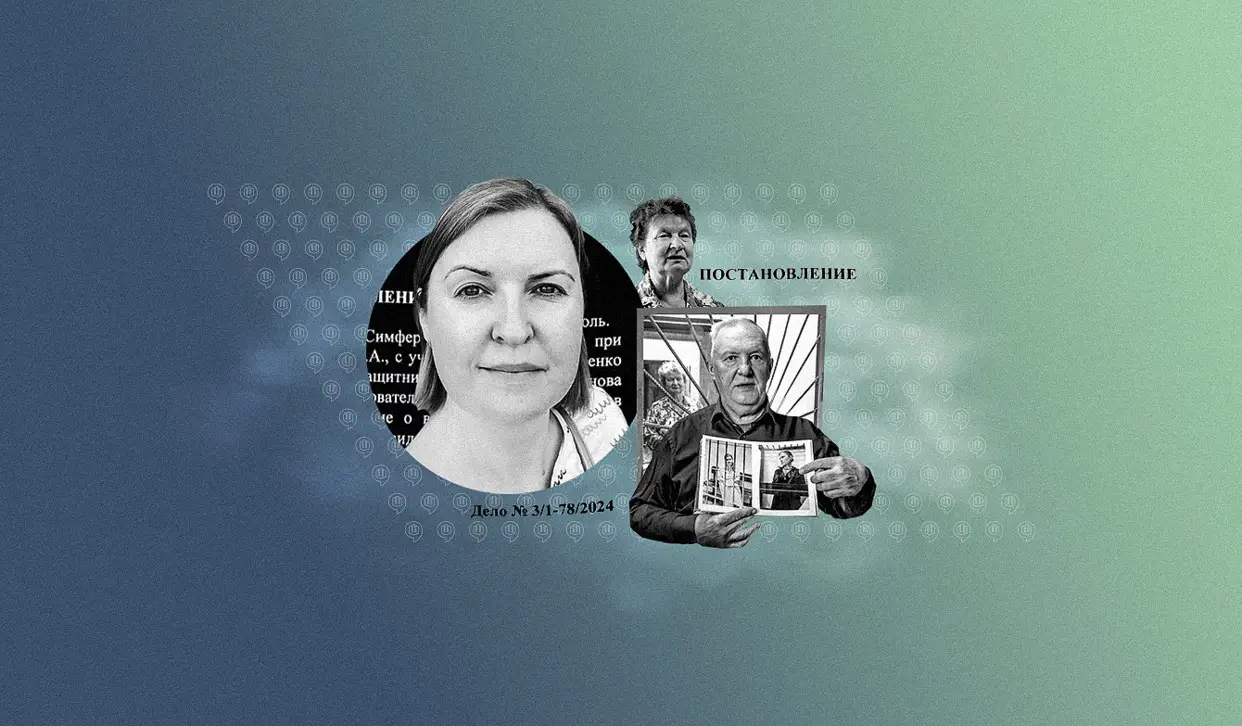
“Hello, my dear Mommy and Daddy!... I teared up looking at your photos, but they were tears of joy. All the girls in the cell said you look much younger than your age and that you're amazing!...”
Volodymyr and Tetiana Horobtsov read their daughter Iryna’s letters at their kitchen table in Kherson. All the letters are written in Russian and bear the stamp “ZONATELEKOM, FKU SIZO-1 UFSIN RUSSIA,” because Iryna has been imprisoned in occupied Crimea for three years.
On the morning of her birthday, May 13, 2022, Russian forces brazenly took the 37-year-old woman from her home. “They said they’d bring her back that evening, but I knew that morning I wouldn’t see my daughter again,” Tetiana recalls.
Since then, the heroine of Kherson’s resistance movement — who risked her life to help others during the occupation — has become a Kremlin hostage, now awaiting rescue from the depths of the occupiers’ prisons.
To uncover the details of Iryna Horobtsova’s tragic story, we spoke with her family and Ukrainian officials.
"The Resistance Headquarters"
“It happened right here, in this apartment. Look at our view — you can see Chornobaivka and the ring road,” Tetiana Horobtsova says, gesturing out the window. “They accused my daughter of counting Russian military vehicles passing by on the road and sharing that information with our military.”
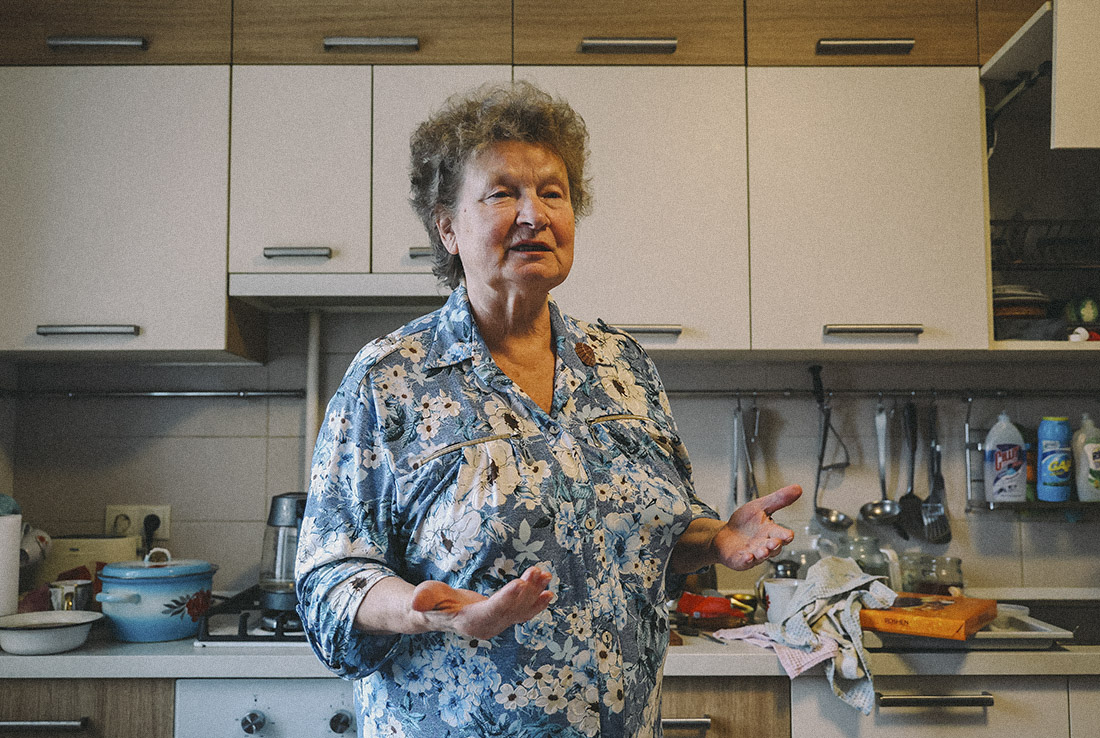
From the start of the Kherson occupation, the Horobtsov family attended anti-Russian protests. More often, though, Iryna and her mother drove around Kherson and nearby villages, volunteering their help. Public transport had almost immediately stopped running, so the women began delivering medicine to hospitals, transporting medications to severely ill patients, and shuttling doctors.
“We transported doctors from their homes to the hospitals and back, like a taxi service,” Tetiana recalls.
During the occupation, Iryna also actively maintained her social media accounts, advocating for the extraction of Azov fighters from Mariupol. She referred to her apartment as “the resistance headquarters.”
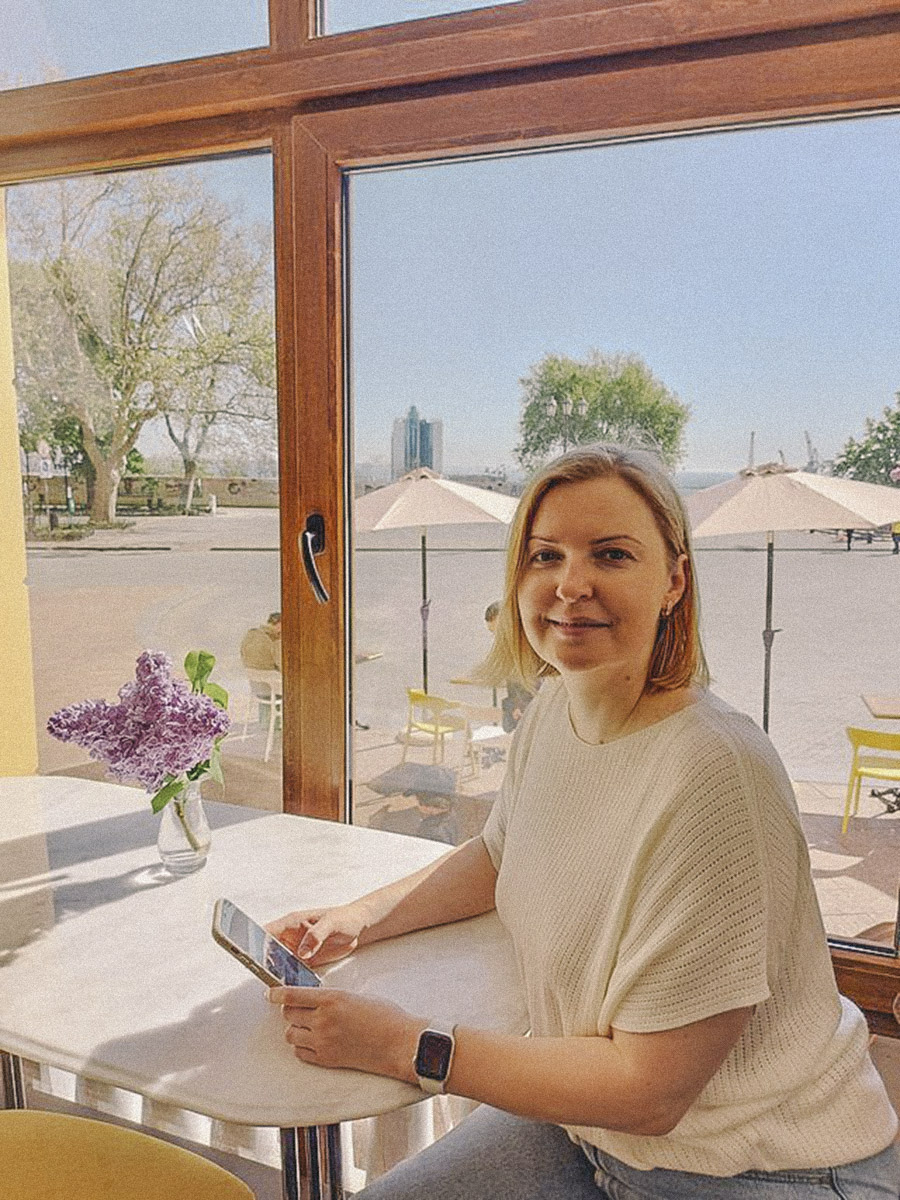
The Horobtsovs’ kitchen is warm and cozy, filled with homemade treats. The couple always welcomes guests with open arms. But during the occupation, their home was overshadowed by sorrow and pain.
"Mom, they're here for me."
May 13, 2022, should have been a festive day for the family — Iryna was turning 37. A birthday cake waited on the table. Suddenly, her mother noticed a minivan and several cars pull into the courtyard. Armed men in balaclavas poured out of the vehicles.
“I was just on my way home and asked them, ‘What’s going on?’” Iryna’s father, Volodymyr, recalls. “They replied, ‘Document check.’”
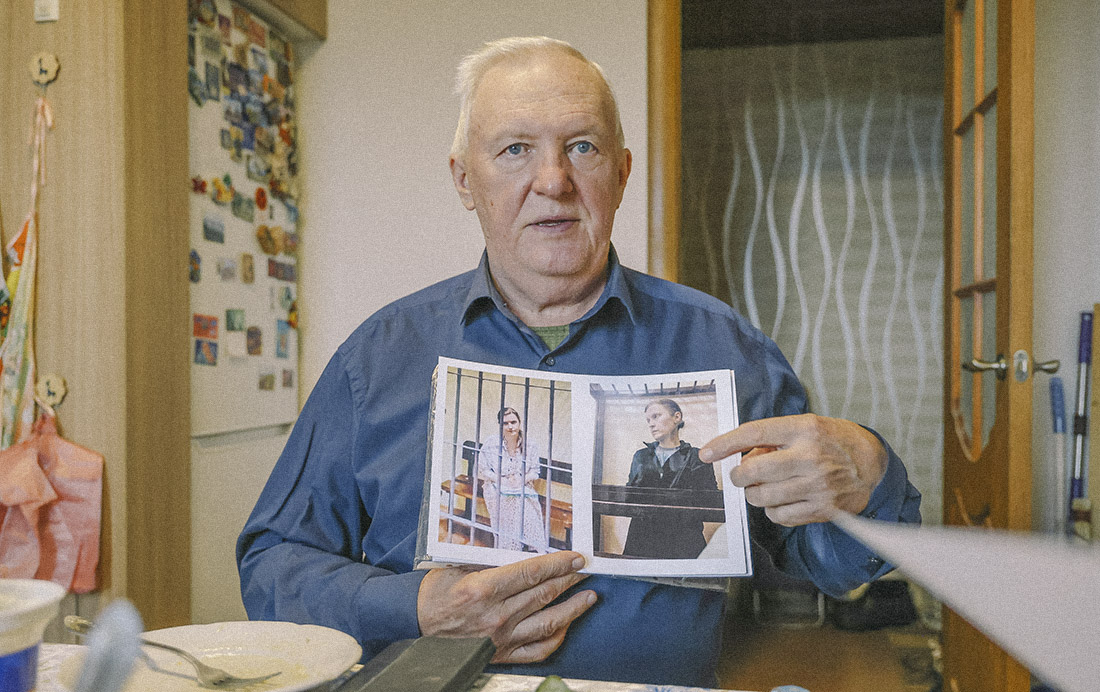
Iryna had also seen the vehicles from the window and told her mother, “Mom, they’re here for me.”
Several Russian soldiers burst into the Horobtsovs’ apartment and conducted a search. They found a Ukrainian flag. The men didn’t identify themselves or ask any questions. They simply ordered Iryna to grab her documents, phones, and laptop before taking her away.
Tetiana asked one of the Russian servicemen where she could find her daughter. He replied, “At the military commandant’s office.” These offices, set up by the occupiers in seized Ukrainian territories, were used to interact with civilians and control public processes.
In the following weeks, the couple visited every possible occupation authority in Kherson, desperately trying to locate their daughter and learn her fate.
The Horobtsovs suspect that in the initial days, Iryna was held in the notorious detention facility — the temporary detention facilityr (ІТТ) on Teploenerhetykiv Street. Only weeks after her illegal arrest did the family learn, by chance, that Iryna had most likely been taken out of the region to an unknown location.
"The decision regarding the specified individual will be made after the completion of the special military operation."
Iryna’s family continued their relentless search every single day. During the day, they visited the occupying authorities, and at night, they wrote and sent countless emails.
"I wrote letters to Putin, Patrushev, and every Russian official I could think of," recalls Volodymyr Horobtsov.
In these letters, Iryna’s father requested clarification about his daughter’s situation, meticulously including all her details. To his surprise, he received a response from the FSB in Crimea.
Instead of referring to Iryna by name, the letter used the phrase "the specified individual." Rather than disclosing her location, it stated: "The specified individual engaged in activities countering the special military operation. This individual is being held in accordance with applicable laws. A decision regarding the specified individual will be made after the completion of the special military operation."
This confirmed for Iryna’s parents that she was in Crimea. At the end of July 2022, they traveled to the occupied peninsula without any clear plan.
"We had no idea where to go or who to contact," Volodymyr says. "We simply went to Simferopol, to the FSB office, and then to the pretrial detention center, but we got nowhere."
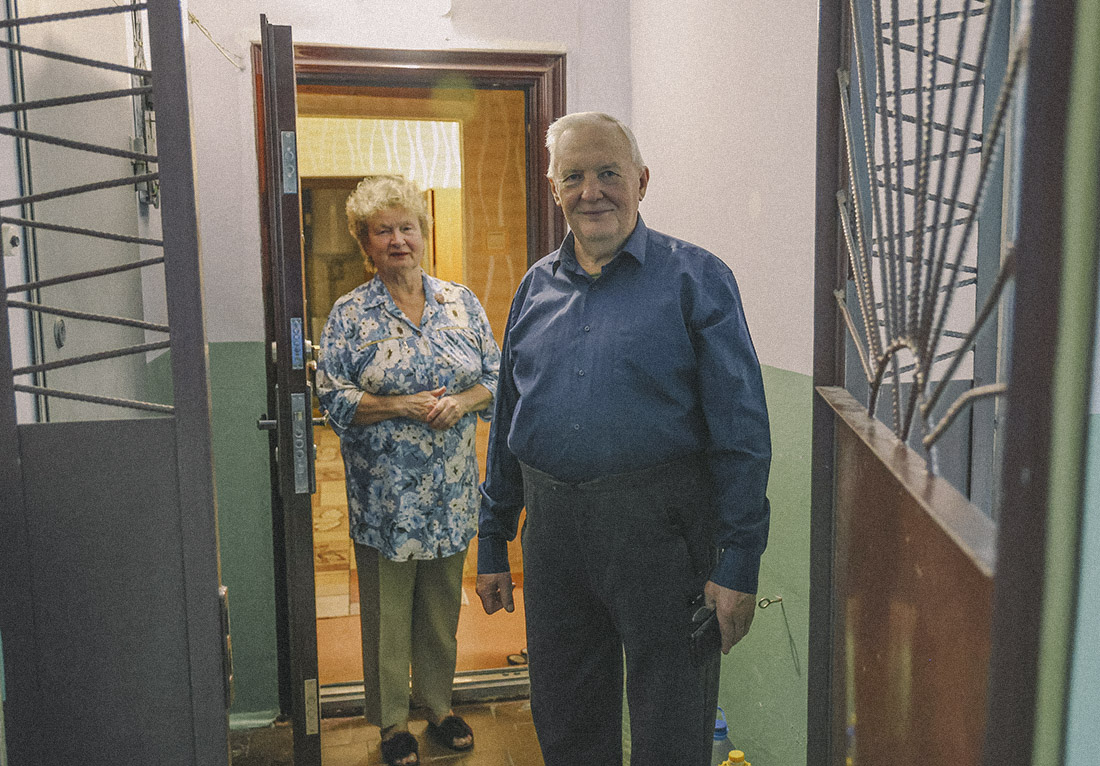
Later, with the help of volunteer lawyers in Crimea, they got confirmation that Iryna was being held in one of Simferopol’s detention centers. Initially, she was kept in solitary confinement in Detention Center No. 1 — an act that in itself constitutes a form of psychological torture.
"In those first months, Iryna read over 80 books," Volodymyr shares.
From there, she sent her first letter from prison, in which she noted that she was not being subjected to physical torture.
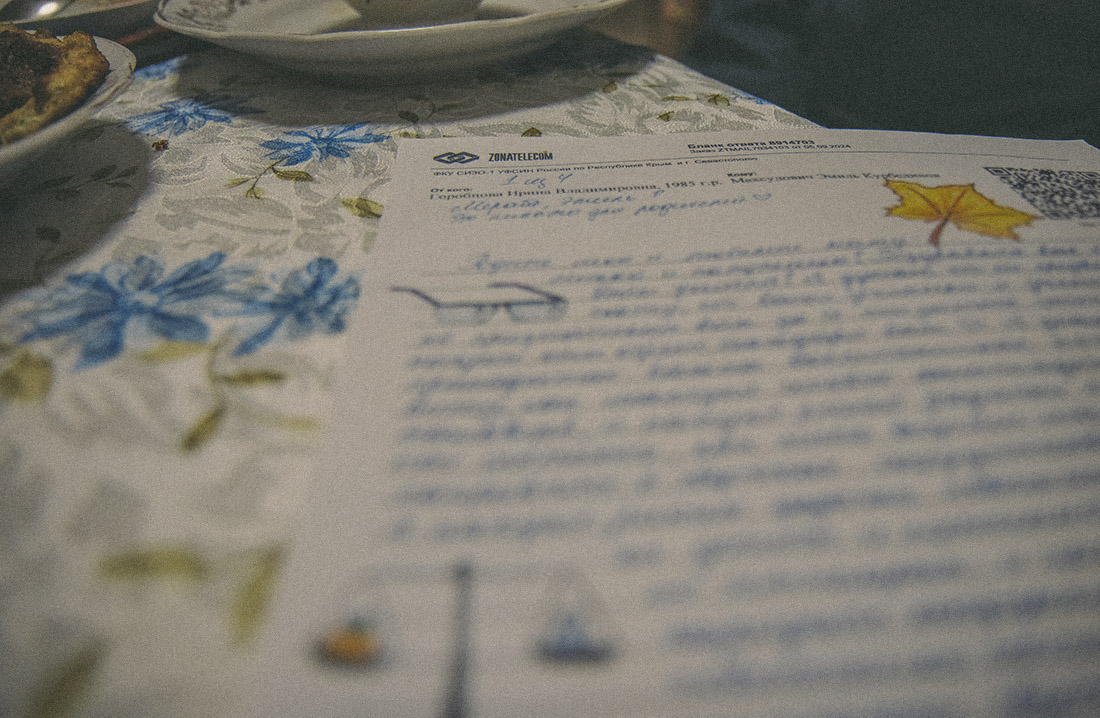
Five months later, in October 2022, Iryna was transferred to Detention Center No. 2, where she spent the next 17 months of her life. During this entire period, she was held without any official legal status, even under Russian law.
"They essentially kept her in the dark," her parents explain.
Her family received neither formal documentation of charges against her nor any updates on how to contact her. Meanwhile, Iryna had no access to the services of a private attorney. The Russians appointed her a state attorney, who performed their duties in a purely perfunctory manner.
Yuriy Bielousov, head of the Department for Combating Crimes Committed During Armed Conflict at the Office of the Prosecutor General, explains that such practices by Russians toward Ukrainian hostages are standard in the Russo-Ukrainian war:
"The occupiers tell detainees, 'No one knows where you are. No one knows what is happening to you here. I can do anything I want with you.' This is precisely why they hide their captives — so that no one can see or know where they are. They believe this will shield them from accountability."
In late March 2024, Iryna was transferred back to Detention Center No. 1. It was only then that the Russians opened what they called a criminal case against her, accusing her of espionage and retroactively legalizing her detention under Russian law. Court proceedings began, and an illegal judge issued an order to place her under official arrest.
Russian investigators fabricated charges against Iryna, accusing her of being recruited under the pseudonym "Alaska" to secretly cooperate with Ukraine’s Defense Intelligence between February 24 and March 15, 2022.
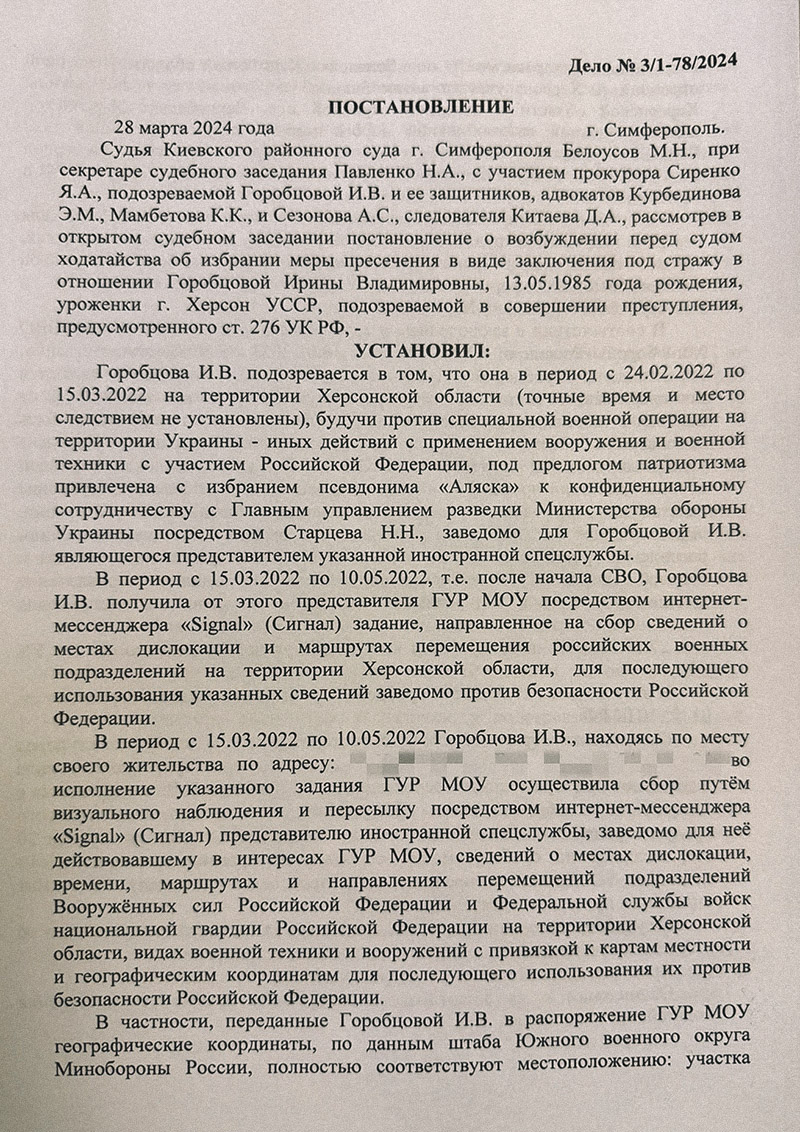
The "Flower Cell"
Detention Center No. 1 in Simferopol is overcrowded with Ukrainians. Since 2014, this facility, run by Crimea’s occupying authorities, has been infamous in Ukraine, as it has held figures like filmmaker Oleg Sentsov, journalists, and human rights activists.
In 2022, the Ukrainians living in occupied territories mounted resistance that the Russians had not anticipated. As a result, the facility was expanded to accommodate over 400 additional detainees.
Iryna currently shares a cell with six other women, aged 17 to 40. All are illegally detained Ukrainians accused of espionage under Article 276 of Russia’s Criminal Code.
However, Iryna is one of the few who has already received a so-called sentence in her fabricated criminal case. On August 15, 2024, the so-called Kherson Regional Court in occupied Simferopol sentenced her to 10.5 years of imprisonment. As a civilian, Iryna cannot attain prisoner-of-war status and remains a hostage. Under international humanitarian law, civilian hostages are not subject to exchange but instead must be repatriated unconditionally.
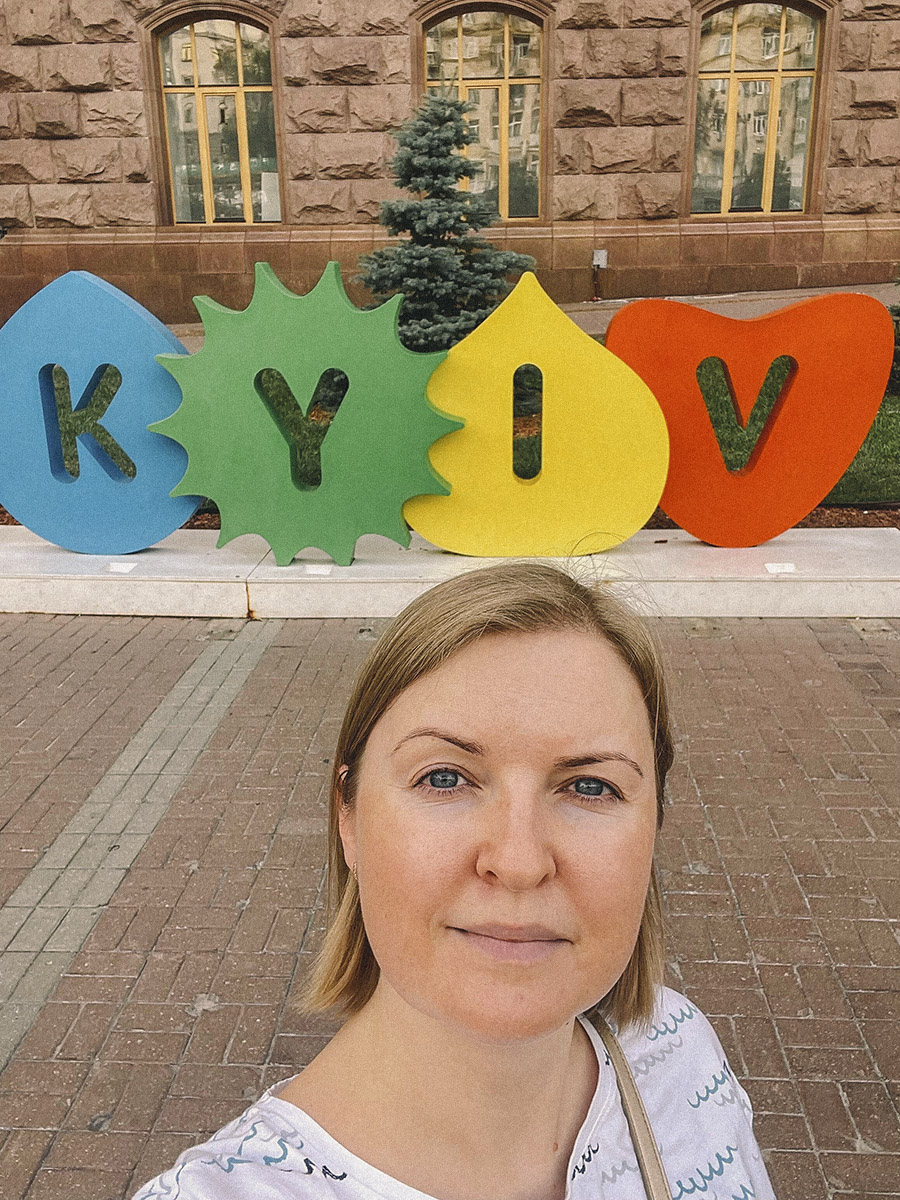
Yuriy Bielousov emphasizes that, in addition to Russia’s myriad war crimes against civilians, such cases flagrantly violate the right to a fair trial:
"The European Court of Human Rights and the European Committee for the Prevention of Torture consistently stress the need to ensure three rights for detainees: the right to legal defense, the right to medical care, and the right to communicate with the outside world. Iryna has had no contact with the outside world for three years, no proper legal defense, and one can only imagine the state of medical care there. These violations alone cast doubt on any judgment passed against her."
For now, Iryna remains in Simferopol, but the occupiers may soon transfer her to any penal colony deep within Russia.
Despite her captivity, Iryna continues to correspond with her parents, decorating her letters with flowers. Someone in her cell received colored pencils and markers. The women use them to brighten the ZONATELEKOM forms, showing their incredible resilience and hope for freedom.
"We’re even playing chess with her," says Iryna’s father. "With each letter, we make one move. We’ve done three so far."
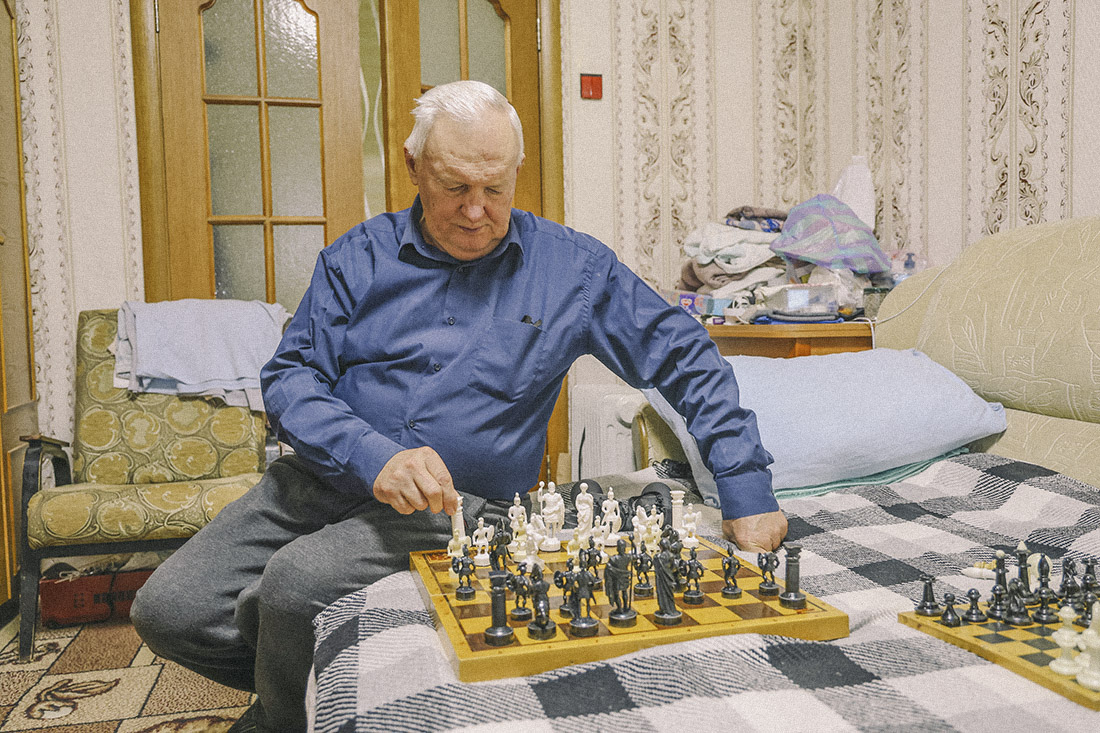
During the announcement of her "sentence" in the summer of 2024, Iryna was filmed in the courtroom. The Russians released the footage for propaganda purposes.
"She looks better now," notes Tetyana Horobtsova. "We’re trying, through volunteers, to send her care packages with food and medicine — for her and all the flower-cell girls."
***
The Ukrainian Ombudsman’s Office and the Coordinating Headquarters for the Treatment of Civilian Prisoners of War, both responsible for addressing the return of civilian hostages, remain nearly powerless against Russia’s will.
“We are aware of all the detained women, as well as thousands of other civilian hostages, and we are preparing everything necessary to secure their return. We also prioritize the return of women. But the Russians simply refuse to release them,” stated a source from the Coordinating Headquarters, speaking on condition of anonymity.
The procedure for repatriation — the unconditional return of civilian hostages — is not explicitly provided for under international law, as it requires the immediate return of individuals to the territory of their citizenship. Meanwhile, the Russians continue to commit war crimes in the occupied Ukrainian territories, abducting civilians, illegally convicting them, and detaining them in horrific conditions.
Since February 24, 2022, Ukrainian law enforcement agencies have registered 4,136 criminal proceedings based on such crimes. The highest number — over a thousand — occurred in the Kherson region. Behind each case lies fear, despair, sorrow, and pain, but also an unyielding determination for survival, justice, and the iron will of every Ukrainian.
The text was created in collaboration with The Reckoning Project, a global team of journalists and lawyers documenting, publicising and building cases of war crimes — exclusively for Signal to Resist.



